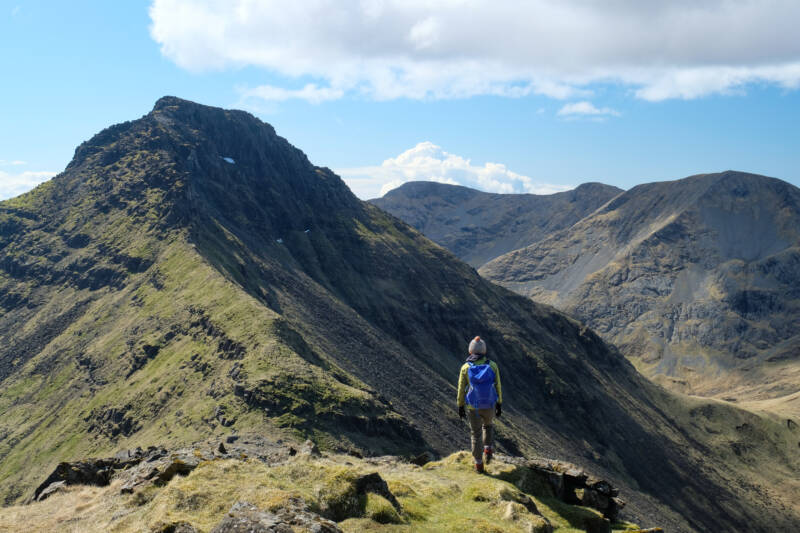UPDATE: The main Rum Cuillin ridge route will re-open on Friday 16th September. Walkers are being asked to stay on paths, away from the shearwater burrows and not to linger for prolonged periods around the colony, this includes wild camping, and to follow any biosecurity measures on the island.
NatureScot is requesting that walkers avoid part of the Rum Cuillin until mid-October, until after the Manx shearwater chicks have fledged. This temporary measure is in response to growing concerns over the spread and impact of the current H5N1 strain of avian flu on seabirds in Scotland. By limiting disturbance and the potential spread of the H5NI virus by people, it gives these special seabirds the best possible chance of survival and recovery.

Manx shearwater chicks begin to fledge in late September, with the majority of chicks having left the colony by mid-October. NatureScot is to provide local advice under SOAC requesting that visitors do not access the three areas outlined in blue in the map above from 10 August to 14 October 2022. This type of sign is essentially advisory in nature. This request will affect the following routes for ten weeks: Hallival and Barkeval; and Rum Cuillin traverse.
Other popular walking routes on Rum will be unaffected and will be suggested as alternatives.
This temporary measure is in response to growing concerns over the spread and impact of the current H5N1 strain of avian flu on seabirds in Scotland. Since Manx shearwaters nest in burrows, the biggest risk of transmission of avian flu within the colony is from organic matter moved between the entrances of burrows on people’s footwear and the feet of other animals. Visitors may also come across sick birds sitting in the colony during daylight hours. By limiting the stress on sick birds and the potential spread of the H5NI virus on visitors’ footwear, it gives these special seabirds the best possible chance of survival and recovery. For further details see NatureScot.
